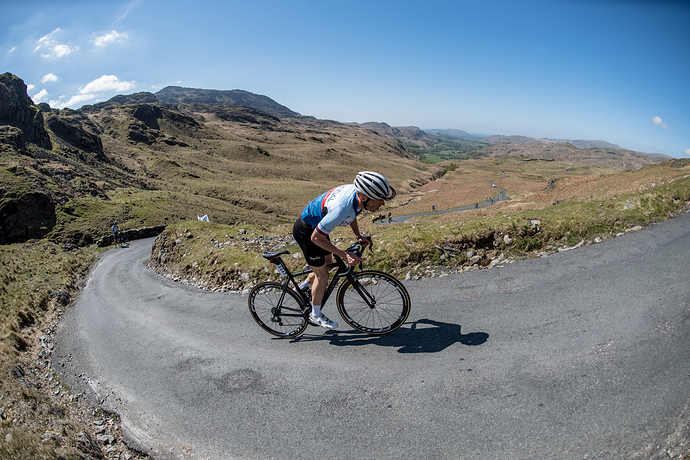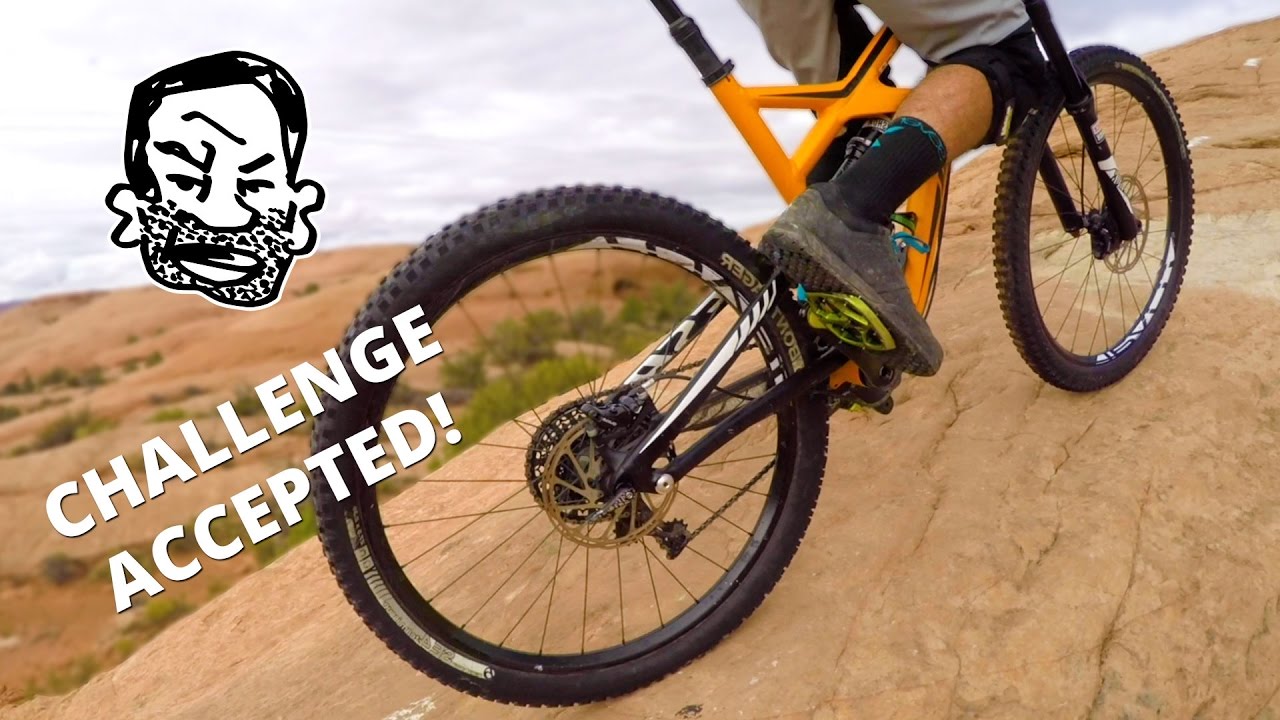Yeah, not knowing the full context, there is some guessing involved. Road use is not much of an issue in most cases. Maybe you hit something when you get into wet roads and extreme pitches like 12% and up, but there is usually enough traction that you won’t fight that end at least.
When you get into loose conditions, the balance between proper weight on the rear wheel and controlling the front on steep stuff is more of on a issue with gravel and MTB. In either case, the “tall rider” issue likely related to geometry.
Weight distribution is linked to the wheelbase, chainstay length, bottom bracket drop, seat tube angle (including final saddle fore-aft with seatpost offset as a factor), and handlebar position. We often see the same chainstay length on a full size run of bikes, while the seat post angle may change. Even if STA changes (often forward, but not always), it may not be enough to handle the final saddle location and it’s relationship to the rear wheel.
As Nate has mentioned, a tall rider ends up farther back on the fore-aft spectrum and potentially more over the rear wheel. This can lead to the seesaw effect of fighting to find the precise body position to keep enough weight on the rear tire for grip, but also enough on the front to keep wheelies in check. Couple that with the final upper body position to help in weight distribution and it is all a careful act in placement.
The big bikes tend to make this more precarious even when the wheelbase lengthens, since the chainstay section is often the same. Some bike makers also adjust CSL to deal with weight distribution, with the aforementioned seat tube angle to try and get a bike that handles similarly in all sizes. But it is an interesting challenge, especially when you start looking at full suspension bikes and the fact that they often go cheap on tooling and fixtures, to use the same chainstay / swingarm for all bike sizes.
In an ideal world, we’d see fine tuned geo’s to account for these issues, but they come with a prices when we look at carbon MFG or even fixture based metal frames. Making and stocking another frame section that is size specific becomes a challenge, and is one reason we saw shared parts in so many frames in the past.






